The Lost Macaw of Cuba
10,000 Birds
SEPTEMBER 12, 2014
Formerly described in 1811 by Johann Matthäus Bechstein, the Cuban Macaw was a primarily red, long-tailed parrot with beautiful orange feathering around the nape and blue feathering on the wings and tail. In order to raise our awareness, to remind us of what we have lost, and to inspire us to fight for Every.





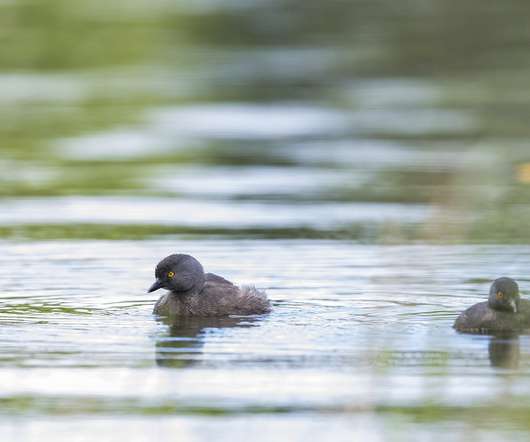

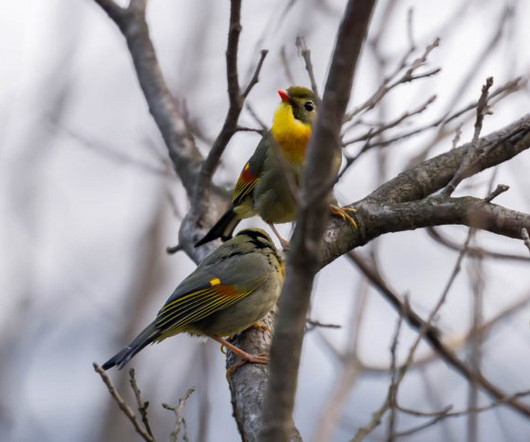

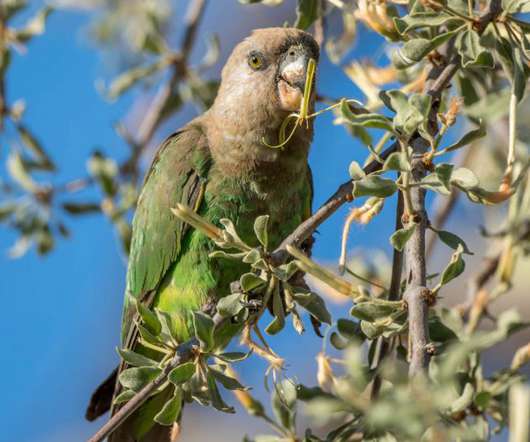
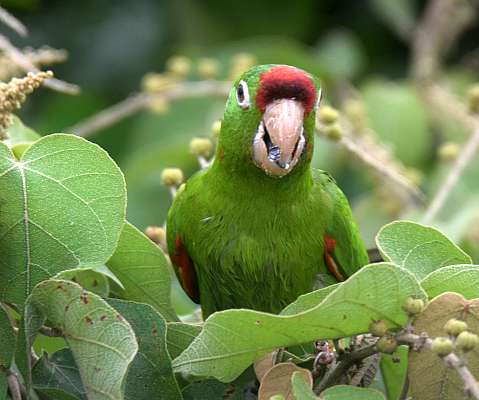

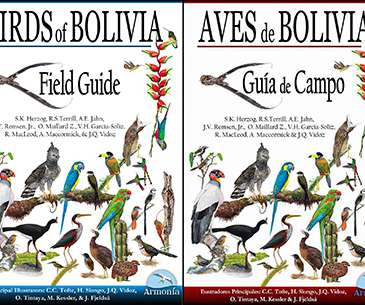



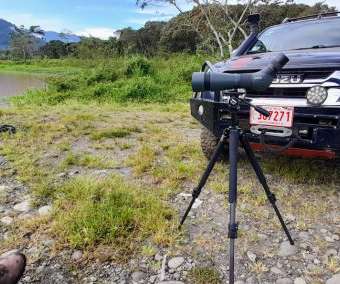
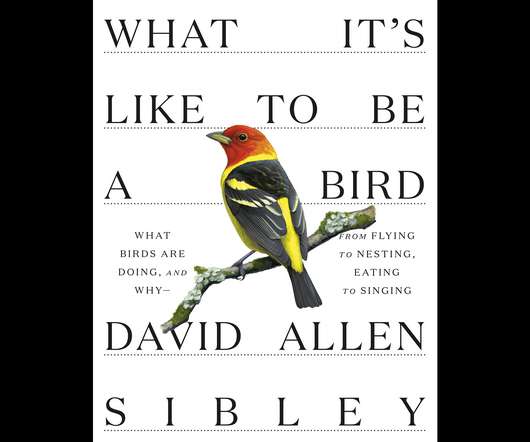

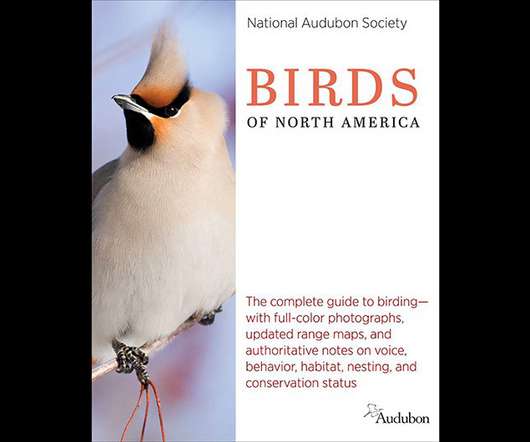
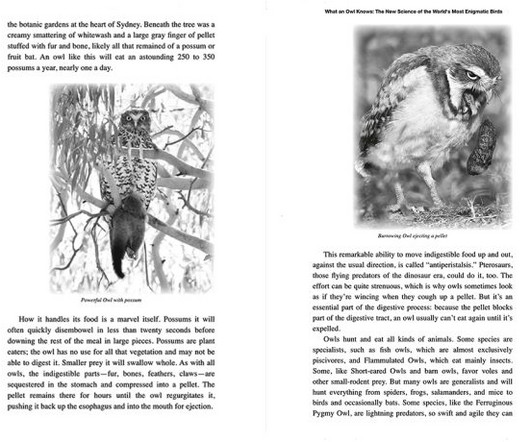






Let's personalize your content